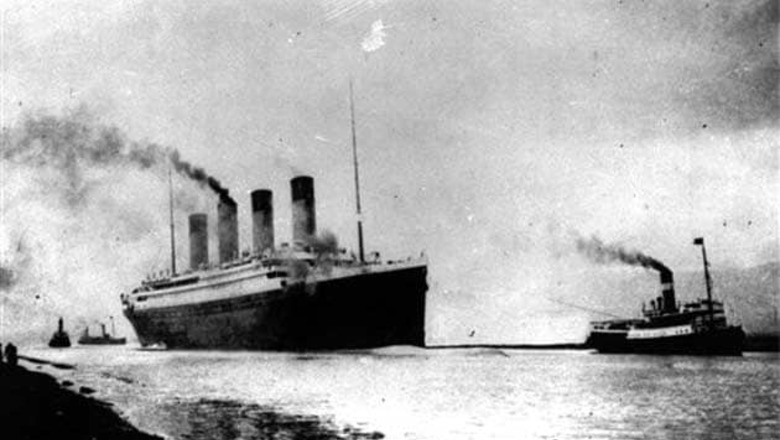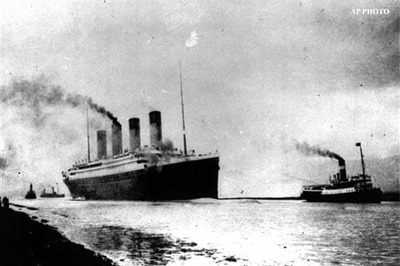
views
London: The luxury liner Titanic, which sank in the ice cold Atlantic waters in 1912, was unlucky to have set sail in a year with a greater number of icebergs than normal, scientists say.
While the sinking of the Titanic is typically blamed on human, design and construction errors, a new study points to two other unfavourable factors outside human control.
The study found that there were a greater number of icebergs than normal that year, and weather conditions had driven them further south, and earlier in the year, than was usual.
Titanic, a British passenger liner, sank in the North Atlantic Ocean on April 15, 1912 after colliding with an iceberg during its maiden voyage from Southampton, UK to New York City, US.
The disaster caused the deaths of more than 1,500 people.
Researchers also note that iceberg discharge from glaciers is increasing, with more heavy iceberg years since the 1980s than before, and increasing global warming will likely cause this trend to continue.
"As use of the Arctic increases in the future with declining sea-ice, and as polar ice sheets are increasingly losing mass as well, the iceberg risk is likely to increase in the future, rather than decline," said co-author Professor Grant Bigg from the University of Sheffield in UK.
The study was published in the magazine Significance.




















Comments
0 comment